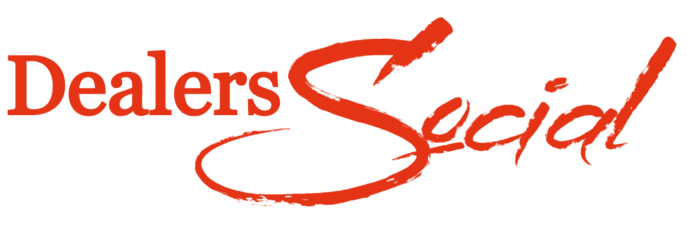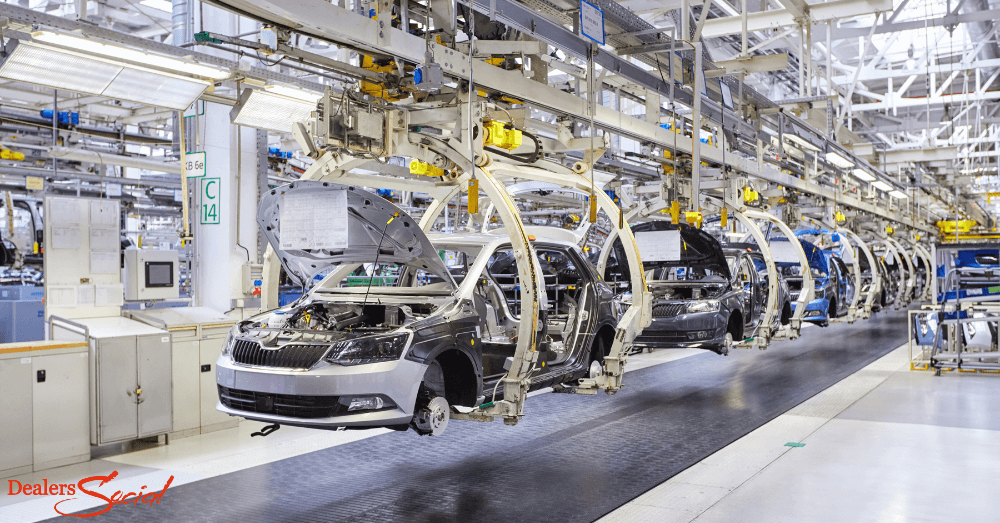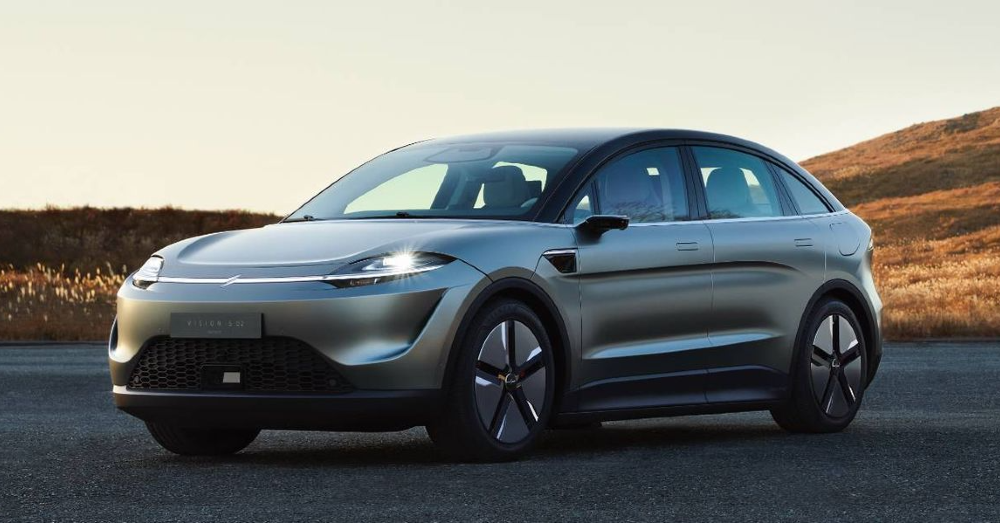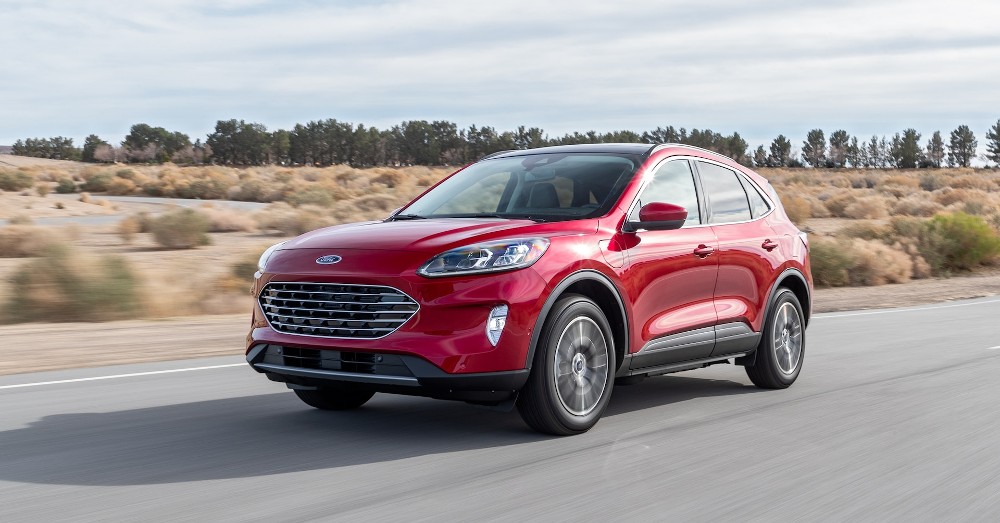One of the most significant impacts on the demand for new and used cars was the COVID-19 pandemic. This global pandemic might also be the result of an upcoming recession. Despite the belief that a recession will hurt all aspects of the U.S. economy, there’s a boom coming, recession or not.
How Did We Get Here?
When the pandemic first hit, auto manufacturers thought the stay-at-home orders and social distancing guidelines would lead to a drop in demand for new cars. To cut back on parts, these manufacturers canceled orders for semiconductors used in the car-making process. When demand for vehicles and electronics didn’t drop, there was an instant shortage.
As more people worked and remained home, the need for video games, computers, cell phones, etc., rose. These electronics require the same semiconductors used in modern vehicles. Out of nowhere, everyone needed these parts, and semiconductor manufacturers couldn’t keep up.
The lack of parts made new cars impossible to find, so shoppers focused on buying used cars. Competition for used cars became fierce as prices went up. Even with some strides to get things back to normal, shopping for new and used cars today looks very different than it did just a couple of years ago.
Uncertainty is Certain
It’s hard to say if the auto industry that we once knew will return or if it will evolve into something else. What we do know is that there is a massive backlog of demand that will take years to resolve.
When supply lines are corrected, and part production catches up, there should be much higher sales volumes than what we saw in the past, at least for a while. The challenge is that no one knows when things will get back to normal or at least find some kind of balance.
How A Boom Will Impact Prices
The good news for shoppers who can wait to buy is that they might see some relief on the sticker price of their next vehicle. While inventories are low, manufacturers and dealerships can raise prices to counter the demand.
Once manufacturing levels get to a good place, we might see the return of incentives and sales. Of course, this depends if companies feel that they are losing a piece of the market share. It could turn back towards a buyer’s market, although there are no guarantees that prices will change; there’s just hope that they will.
Even with an insurgence of new cars, it still may be a while before an ample supply of used cars is available to impact pre-owned prices.
The Electric Boom
Another aspect of the coming boom involved electric vehicles. Every manufacturer is getting in on the EV game. Most brands already have some powerful options on the road, while others have some forthcoming in the next few years.
It’s not clear how drivers will embrace new EVs, but signs point to EVs taking a big chunk of the auto market rather quickly. It’s already expected that EVs could take up to 20% of the market by 2025.
Time will tell, but it’s likely that the need for automobiles isn’t going anywhere, even if the economy runs into a recession.
This post may contain affiliate links. Meaning a commission is given should you decide to make a purchase through these links, at no cost to you. All products shown are researched and tested to give an accurate review for you.




